Consuming Cannabis: Edibles 101
Remember that time in college when you ate a pot brownie and got really high? Maybe it was fun, maybe you felt a little nauseous, you giggled, or you were a bit paranoid, you were so relaxed, or a little out of control. That was then.
This is now. You’re all grown up, and if you didn’t continue to use cannabis once you left school, you probably can’t imagine getting that high at this point in your life with everything you’ve got going on. But maybe recently you’ve heard that cannabis could be helpful and provide relief from stress, anxiety, insomnia, even physical pain. Or maybe you’re seeking a way to simply unwind at the end of the day.
You may be curious about infused edibles as a way of trying cannabis for the first time or to reintroduce yourself to cannabis. Edibles are often perceived as a more discreet way to consume cannabis. Exploring edibles begins with education. Here’s are some things you should know about edibles.
How Edibles Are Made
In order for food to be infused with THC, the psychoactive compound of the cannabis plant, the flowers from the female plant need to be processed in a way to activate the THC. This process is known as decarboxylation. When you smoke or vaporize (vape) cannabis, the heat rapidly transforms a more inert material into what gets you high.
In terms of foods, cannabis must first be heated slowly over time (220 to 235 degrees F for 30 to 45 minutes) to produce the psychoactive reaction. Raw cannabis buds can be ground and spread on a baking sheet covered with parchment paper.
The most popular edibles on the market today – and the ones you can easily make in your own kitchen – are baked goods. Another way to decarboxylate cannabis for baking is to slowly heat cannabis buds in butter or oil and to use the THC-infused carrier in recipes.
 Effects of Edibles
Effects of Edibles
The effects of THC consumed through edibles come on more slowly than THC derived through smoking, vaping, or dabbing (smoking concentrated cannabis extractions). Digesting edibles can take 30 to 45 minutes or longer before you feel the effects because your body has to digest and metabolize. Experts recommend that you “start low and go slow” when consuming edibles for the first time. A low dose of THC is considered to be around 5 to 10 milligrams.
Much of the literature on edibles says that people describe the high as more throughout the body than a straight “head high” that is more common to smoking. The effects of edibles can last a few hours to up to twelve depending on the dose and other factors such as what else you consumed.
If you’re just starting out, it is best to consume edibles without alcohol and to understand that food acts as a carrier to THC unlike how it acts as somewhat of a barrier to alcohol absorption. Even so, experts recommend eating a meal then trying your first edible rather than eating one on an empty stomach.
If you are looking for a different kind of effect – such as anti-nausea – edibles higher in the cannabinoid CBD could provide more of the medicinal effects you’re seeking. Keep in mind that some edibles are “oral” like a mint, lollipop or tincture versus “digestible” such as brownies, cookies, chocolates, and other foods. The effects of THC-infused oral edibles can come on much more quickly when absorbed through your mouth.
ATTENTION: Keeping your edibles/medibles away from children can be a challenge, especially those of the sugary variety like cookies, brownies, gummies and lollipops. Do not treat them like ordinary food or candy, but instead, keep them in a locked box or stashbag. Also consider purchasing and adding warning decals on the packaging, then teach your children the meaning of the symbols – that the contents are medicine for adults only. Use the same instructions you use for medicine in your medicine cabinet.
Dosages or Dosing
Edibles affect everyone differently, especially when you first consume them. A challenge of making edibles is the difficulty controlling the dosage. Most “home” methods for decarboxylation do not produce exact dosages of THC. Even professional cooking methods require consistent production and frequent testing. Different brands, as well as different foods, can produce varying effects.
Look for products with clear labeling. States that have legalized cannabis for medicinal or recreational purposes enforce testing and labeling to protect consumers. Even with products from trusted brands and specific information about doses, there are many other variables that can change your experiences with edibles.
A good time to try an edible is after dinner and hours before bedtime. You can feel the effects in time and will probably have a relaxing evening and a good night’s sleep. Consider keeping a journal to document the types of edibles you try, their dosages and their effects to find the right edibles for you.
As with any substance you consume that affects your brain and body, don’t get behind the wheel. Enjoy the effects and benefits of cannabis in a safe and responsible manner.
Infographic by MassRoots & MedicalJane

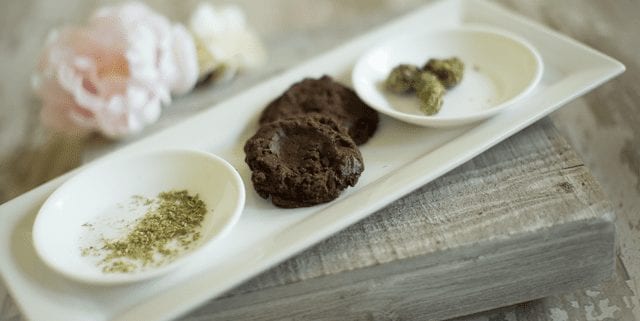
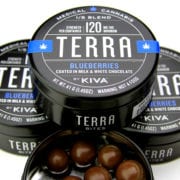
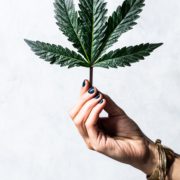

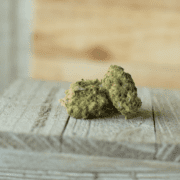

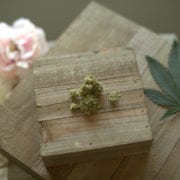
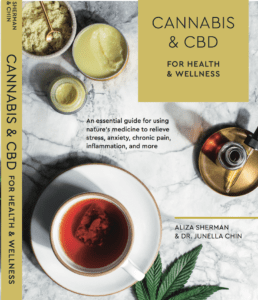


Trackbacks & Pingbacks
[…] you use – and the stronger it is – the more potent the butter. A little can go a long way. Read our piece on Edibles 101 to understand how consuming cannabis through edibles differs from other forms of […]
Comments are closed.